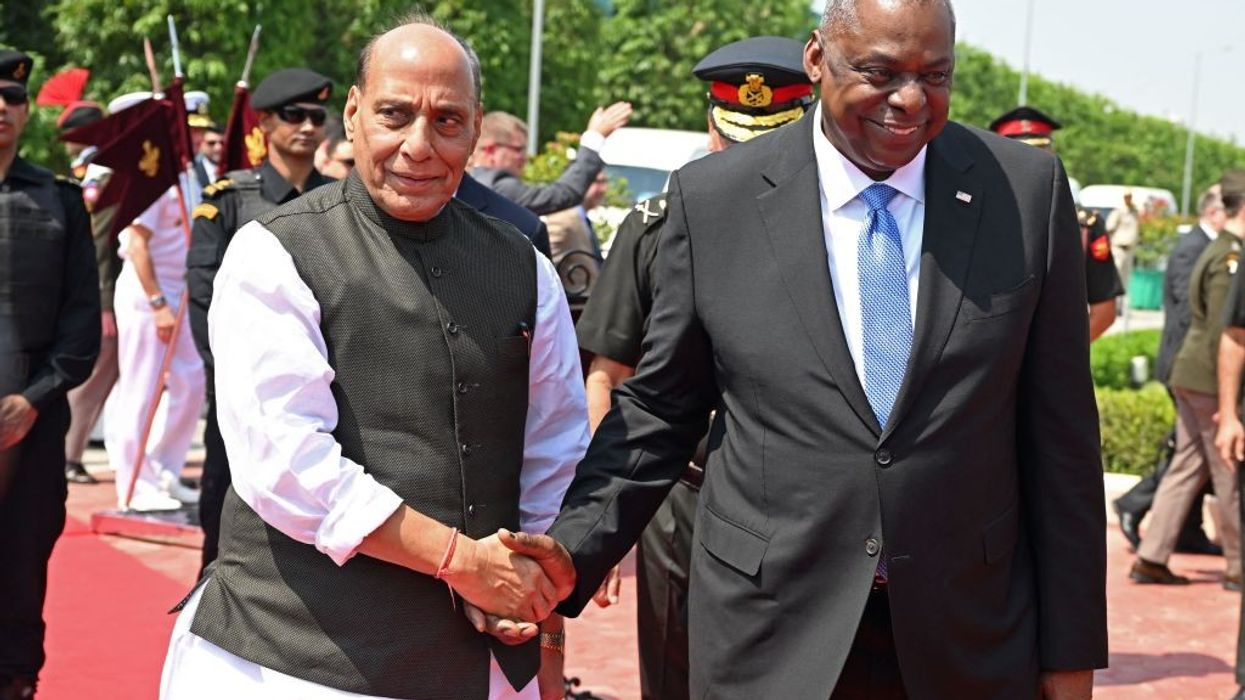India and the United States have concluded a roadmap for defence industry cooperation for the next few years, the two countries said on Monday (5), a landmark move expected to bolster New Delhi's defence manufacturing ambitions.
Washington is working to deepen ties with India and sees stronger military-to-military and technology ties with the world's largest democracy as a key counterweight to China's dominance in the region.
It is also seeking to wean New Delhi away from its traditional dependence on Russia for defence supplies.
The roadmap was finalised at a meeting between visiting US Defence Secretary Lloyd Austin and Indian Defence Minister Rajnath Singh.
The agreement comes weeks before Prime Minister Narendra Modi visits Washington on June 22 for an official state visit and holds talks with President Joe Biden.
The roadmap is considered significant as Washington maintains strict controls over what domestic military technology can be shared or sold to other countries.
The move aims to change the "paradigm" for defence sector cooperation between the two countries, the US embassy in New Delhi said in a statement.
It will "fast-track technology cooperation and co-production in areas such as air combat and land mobility systems, intelligence, surveillance, and reconnaissance, munitions, and the undersea domain", it said.
The roadmap includes specific proposals that could provide India access to cutting-edge technologies, it said, adding that Austin and Singh also pledged to review regulatory hurdles impeding closer industry-to-industry cooperation.
India, the world's largest arms importer, depends on Russia for nearly half its military supplies, but has also increasingly diversified its sources to buy from the US, France and Israel, among others.
New Delhi also wants global defence manufacturers to partner with Indian companies and produce arms and military equipment in India for local consumption as well as exports.
The Biden administration is set to sign off on a deal that will allow General Electric Co to produce in India jet engines powering Indian military aircraft.
Austin said he and Singh had discussed ways to increase information sharing and new initiatives to improve maritime cooperation, including in the undersea domain.
The US-India defence partnership matters, he told reporters, because "we face a rapidly changing world".
"We see bullying and coercion from the People's Republic of China, Russian aggression against Ukraine that seeks to redraw borders by force and threatens national sovereignty, as well as transnational challenges such as terrorism, climate change.
"So democracies must now rally together around not just our common interests but also our shared values," Austin said.
(Reuters)
India and US agree defence deal ahead of Modi's state visit
Landmark deal seen boosting Indian defence manufacturing













